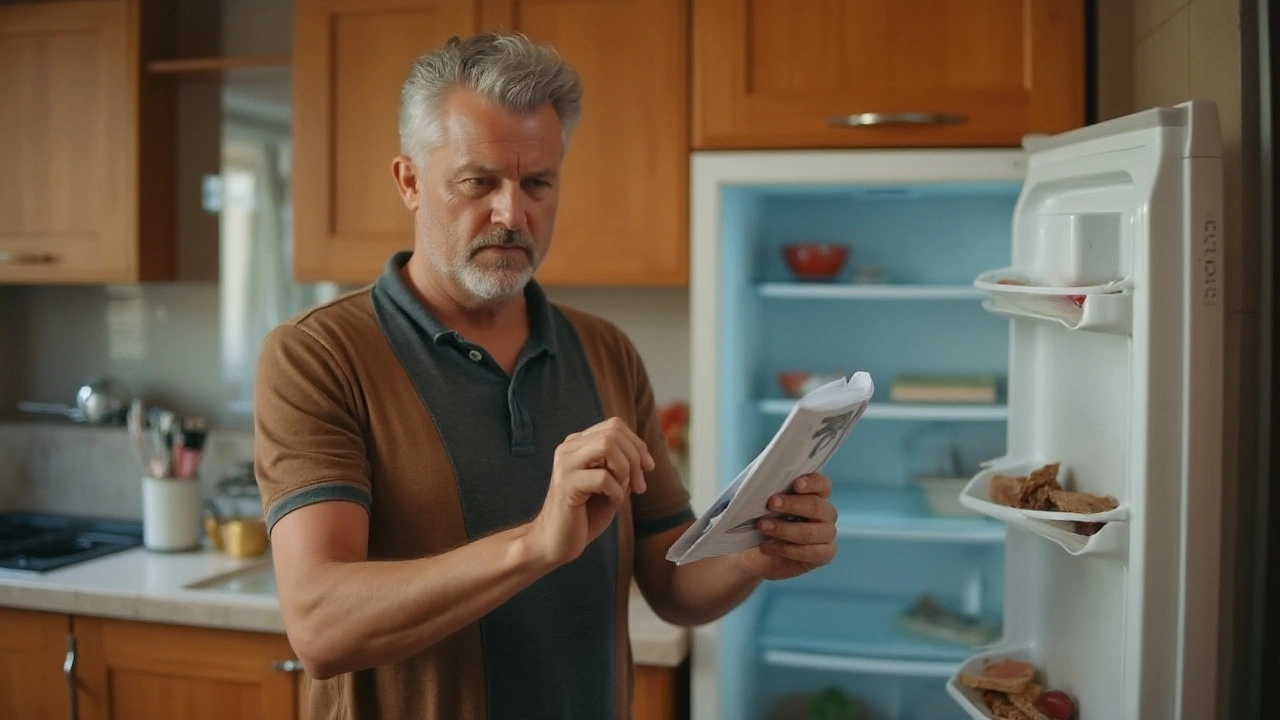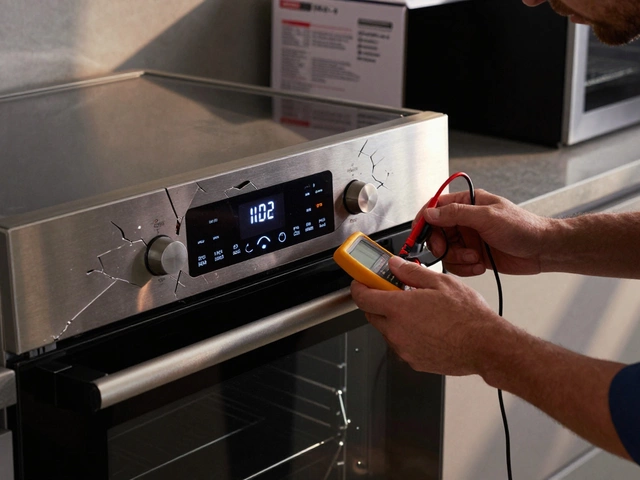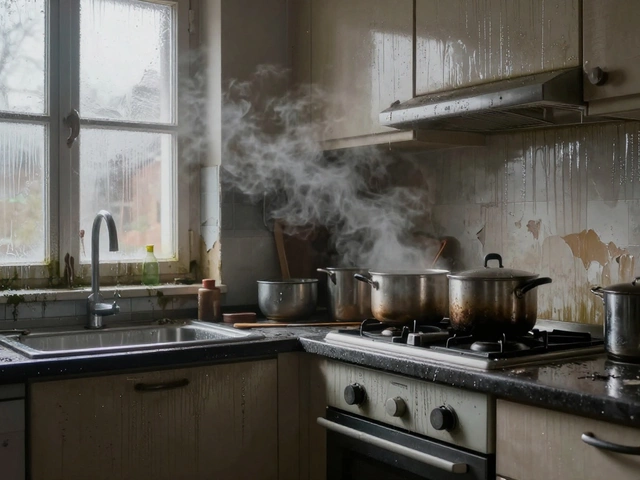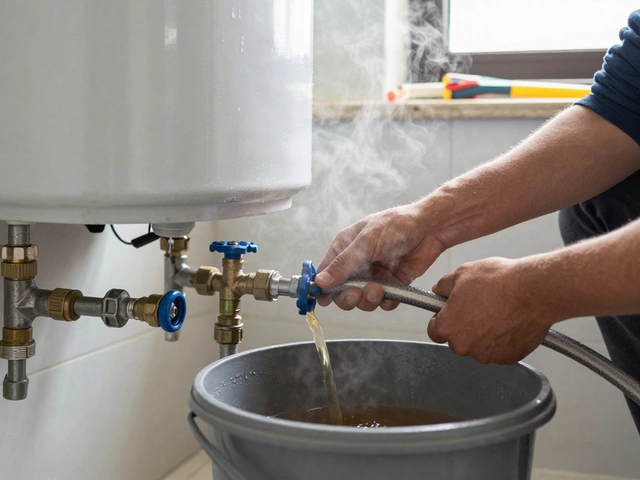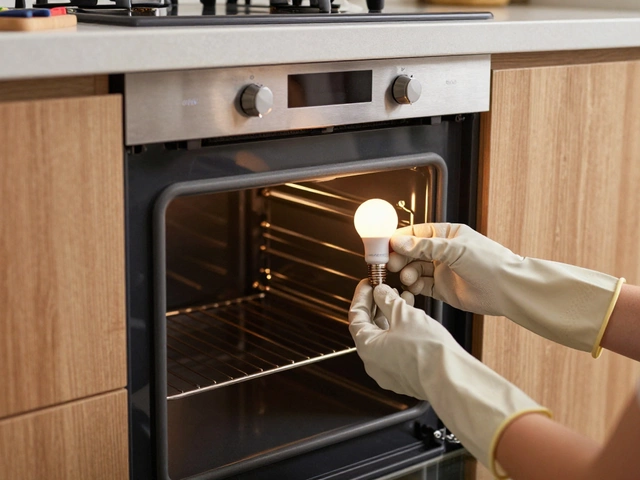Appliance Fix – Quick Help for Common Home Repairs
Got a noisy fridge, a stove that won’t heat, or a dryer that’s stopped spinning? You don’t need to call a pro for every hiccup. Most household appliances have a few easy checks that can save you money and time. Below are straight‑forward steps you can try today, plus a couple of quick guides on the most asked‑about fixes.
Start With the Basics: Power, Settings & Simple Parts
First thing to do is make sure the appliance is actually getting power. Check the plug, the circuit breaker, and any safety switches. A tripped breaker or a loose cord is the fastest fix you’ll ever make. Next, verify that the settings are right – many ovens and washers have hidden “eco” or “delay start” modes that can make them seem broken. If the issue involves a part you can see, like a broken oven element, a cracked dishwasher hose, or a clogged dryer lint filter, clean or replace it before moving on.
Targeted Fixes for the Most Common Problems
Electric stove or oven: If the burners stay cold, remove the coil or element and look for visible burns or a broken connection. A multimeter set to continuity will tell you if the part is dead. Swapping in a cheap replacement element usually restores heat in under an hour.
Washing machine: A drum that won’t turn often means a broken drive belt or a stuck lid switch. Open the access panel, inspect the belt for cracks, and pull the lid switch with a screwdriver to test for movement. Re‑tightening a loose belt is a quick win.
Microwave: If it hums but doesn’t heat, the magnetron is the usual culprit. While replacing a magnetron is more expensive, you can test it with a multimeter for continuity. If the tube is dead, a professional repair is usually cheaper than a new unit.
Refrigerator: A fridge that’s not cooling often has a dirty condenser coil or a faulty thermostat. Vacuum the coils at the back, then set the thermostat a few degrees colder and listen for the compressor kick‑in. If the compressor never turns on, it’s time to call an expert.
Dishwasher: A machine that won’t drain usually has a clogged pump filter. Remove the bottom rack, locate the filter, and clear any food debris. Run a short cycle and watch the water disappear.
These quick checks cover about 80% of the everyday headaches homeowners face. If you’ve run through them and the problem persists, note the symptom, the part you inspected, and any error codes. That info speeds up a pro’s diagnosis and can lower the repair bill.
Remember, safety comes first. Always unplug the appliance before opening panels, and wear gloves when handling sharp parts. When you’re unsure about electrical components, it’s smarter to call a qualified technician than to risk a shock.
1 November 2024
·
0 Comments
A freezer that fails to cool can pose a big problem, putting your food at risk. This guide helps you troubleshoot and fix common issues causing your freezer to lose its chill. From inspecting the thermostat to checking the compressor, you'll find practical solutions to get your appliance back to peak performance. No advance technical knowledge is required; just follow these straightforward steps.
Read more
24 October 2024
·
0 Comments
Deciding whether to repair or replace a freezer can be a dilemma. This article guides you through the factors to consider before making a decision, such as cost, age, and energy efficiency. The aim is to help you understand the potential benefits and drawbacks of each option. Additionally, readers will learn useful tips to prolong the lifespan of their freezers and spot early signs of malfunction. Ultimately, this will aid in making an informed choice that fits both your needs and budget.
Read more

